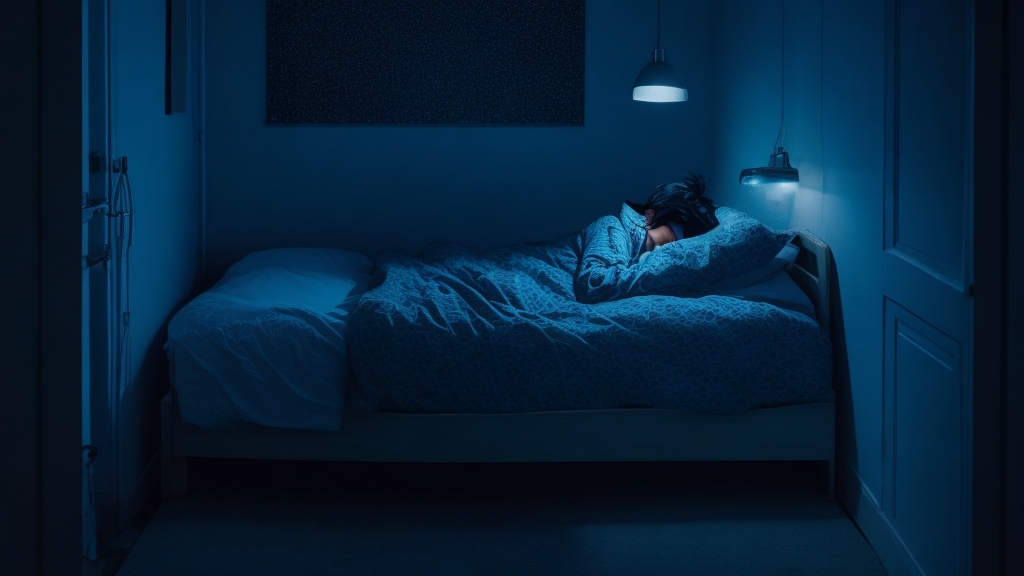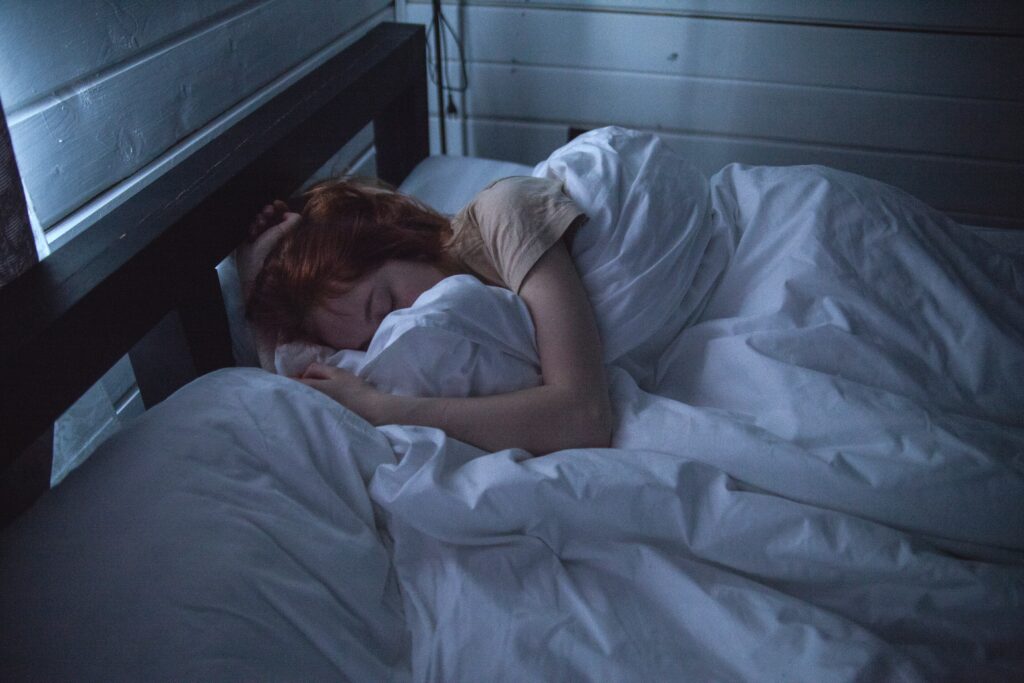Introduction
Sleep, an essential aspect of our lives, offers a sanctuary for rest and rejuvenation. However, for some, this serene state can transform into a terrifying experience known as sleep paralysis. Sleep paralysis is also known as REM sleep atonia. It is a phenomenon that has plagued and intrigued humans for centuries. It is often described as a temporary inability to move or speak upon awakening or falling asleep. In this article, we will delve into the world of sleep paralysis, exploring its causes, manifestations, and potential remedies. This article attempts to unravel the enigma behind this perplexing phenomenon.

The Science behind Sleep Paralysis
REM sleep atonia occurs during the transition between wakefulness and sleep when the body undergoes distinct sleep stages. The two primary sleep stages involved are rapid eye movement (REM) sleep and non-rapid eye movement (NREM) sleep. REM sleep is characterized by vivid dreams and muscle atonia, a natural paralysis that inhibits physical movement. This temporary paralysis ensures that dream-related movements do not translate into physical actions, preventing potential injury.
Postdormital (after-sleep) paralysis occurs when this normal muscle atonia extends beyond the REM sleep stage This temporarily immobilizing the individual even after waking up. REM sleep atonia is an occurrence is often accompanied by hallucinations, which can be intensely vivid and frightening. While the precise mechanisms behind REM sleep atonia remain a subject of ongoing research, various contributing factors have been identified.
Contributing Factors:
- Disrupted Sleep Patterns: Irregular sleep patterns, including sleep deprivation, insomnia, or jet lag, can increase the likelihood of experiencing sleep paralysis episodes. These disturbances can disrupt the balance between REM and NREM sleep, leading to episodes of paralysis.
- Genetics and Family History: There appears to be a genetic predisposition to REM sleep atonia, as it tends to run in families. Specific genes related to sleep regulation and neurotransmitter function may contribute to an individual’s susceptibility.
- Sleep Disorders: Certain sleep disorders, such as narcolepsy, can be associated with sleep paralysis. Narcolepsy is characterized by excessive daytime sleepiness and sudden loss of muscle control. This includescataplexy, which is similar to the muscle atonia experienced during postdormital paralysis.
- Stress and Anxiety: High levels of stress, anxiety, or emotional distress can increase the likelihood of experiencing sleep paralysis episodes. These psychological factors can disrupt normal sleep patterns and trigger episodes of paralysis.

The Terrifying Experience: Hallucinations and Sensory Intrusions
One of the most distressing aspects of sleep paralysis is the accompanying hallucinations and sensory intrusions. People experiencing REM sleep atonia often report vivid and terrifying hallucinations that can involve a range of experiences. Seeing shadowy figures, feeling a menacing presence, or hearing eerie noises are the most common occurrences. These hallucinations are a result of the brain remaining partially in the dream state while the person is awake, leading to a blend of dream-like imagery with reality.
Sensory intrusions further intensify the experience of postdormital paralysis. Some individuals report feeling pressure on their chest or difficulty breathing, adding to the already terrifying situation. These physical sensations are often a result of the brain’s misinterpretation of the body’s normal physiological changes during sleep.
Cultural and Historical Perspectives
Sleep paralysis is not a modern phenomenon. It has been documented across different cultures throughout history. Many cultures have attributed postdormital paralysis to supernatural entities such as demons, witches, or evil spirits. The terrifying experiences associated with REM sleep atonia have been linked to various folklore and legends, often depicted as creatures sitting on the chest of the affected individual, inhibiting their movement and causing suffocation.
Moving Forward: Coping Strategies and Treatments
While this paralysis can be a deeply distressing experience, there are strategies to cope with and reduce its occurrence:
- Improving Sleep Hygiene: Establishing a consistent sleep routine, creating a comfortable sleep environment, and practicing relaxation techniques before bed can help regulate sleep patterns and reduce the likelihood of postdormital paralysis.
- Stress Management: Incorporating stress-reduction techniques into daily life, such as meditation, exercise, or therapy, can mitigate the impact of stress and anxiety on REM sleep atonia.
- Sleep Medications: In severe cases, where this paralysis significantly impacts daily life, healthcare professionals may prescribe medications to regulate sleep patterns or manage associated conditions like narcolepsy.
- Seeking Support: Joining support groups or connecting with others who have experienced postdormital paralysis can provide reassurance and a sense of community, aiding in the understanding and management of this phenomenon.

Conclusion
Sleep paralysis continues to captivate our curiosity and unsettle our nights. While its exact mechanisms remain elusive, ongoing research is shedding light on the causes and potential remedies for this perplexing phenomenon. By understanding the contributing factors, learning coping strategies, and seeking professional support when necessary, individuals can navigate the realm of postdormital paralysis with greater confidence, transforming it from a terrifying ordeal into an opportunity for personal growth and resilience.

